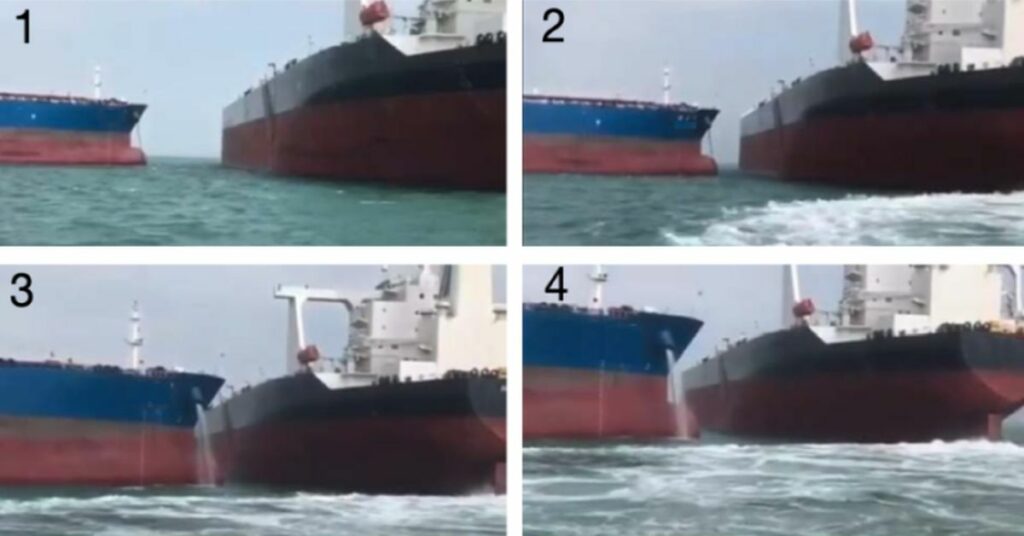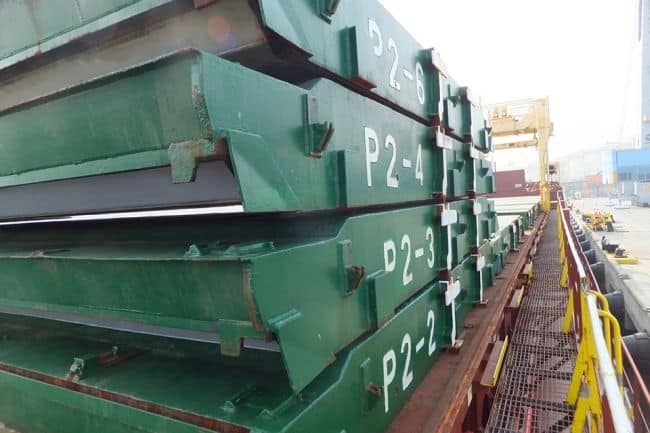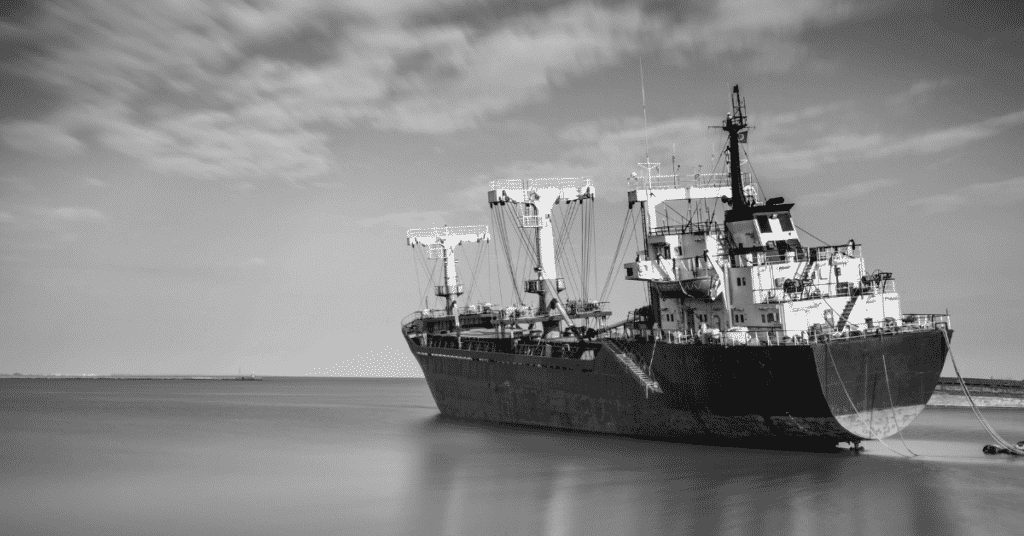Real Life Incident: Stowaways Behind False Panel In Container
As the master of a container feeder vessel on the North African trade, my crew and I are ever vigilant against stowaways who make desperate attempts to enter the European Union illegally. Accordingly, at all African ports, our onboard procedures ensure that my highly reliable and competent crew open, inspect and seal every empty container on the quay before being loaded. Hence I was particularly shocked and embarrassed when, in an African port, some policemen suddenly boarded my vessel, claiming that 10 persons had stowed away on my vessel in an empty container which had been loaded the previous day. Soon, the suspect container was discharged ashore, the ship’s seal cut, the doors opened, and 10 stowaways were discovered and taken into custody.
It was then observed that a false rear panel (identical to the original one) was built inside the container, about one foot away from the actual rear panel, and the stowaways who concealed themselves within the gap remained undetected during the internal inspection by the ship’s crew. Once the container had been stowed on board, the stowaways dismantled the panel and settled down inside the unit. However by the next day, with the vessel still alongside, the air inside got very stuffy and fearing suffocation, the stowaways called the local police on their mobile phones, giving them the container number and asked to be rescued.
It is a matter of concern that stowaways in this region are getting increasingly innovative in defeating the security measures being followed by terminals and ships, among which container vessels are especially vulnerable.

Corrective/preventative actions
1. The incident was reported to the company security officer (CSO).
2. As an additional security measure, it was decided to verify every empty container’s interior dimensions during the pre-loading searching process. This can be achieved by two simple methods – through a laser distance measuring device or by confirming the internal dimensions with a tape or rope, with the lengths and widths of standard marine freight containers suitably marked.
Reference & Image Credits: nautinst
Do you have info to share with us ? Suggest a correction
- Real Life Incident: Vessel Collision in Good Visibility
- Real Life Incident: Severe Injury To Deck Crew While Leaving Berth
- Real Life Incident: Departure Damage in Very Restricted Waterway
- Real Life Incident: Low Situational Awareness Has High Impact Consequence
- Real Life Incident: Fouled Anchor in a Designated Anchorage
- Real Life Incident: Fire On Barge Carrying Scrap Metal Causes $7 Million Worth Of Damage
Latest Case studies Articles You Would Like:
Subscribe To Our Newsletters
By subscribing, you agree to our Privacy Policy and may receive occasional deal communications; you can unsubscribe anytime.















